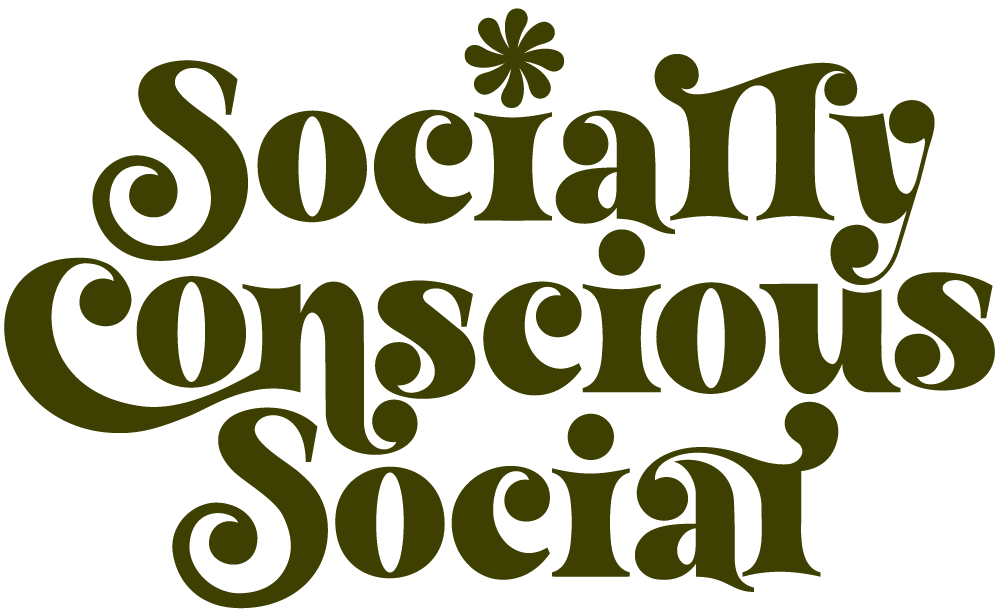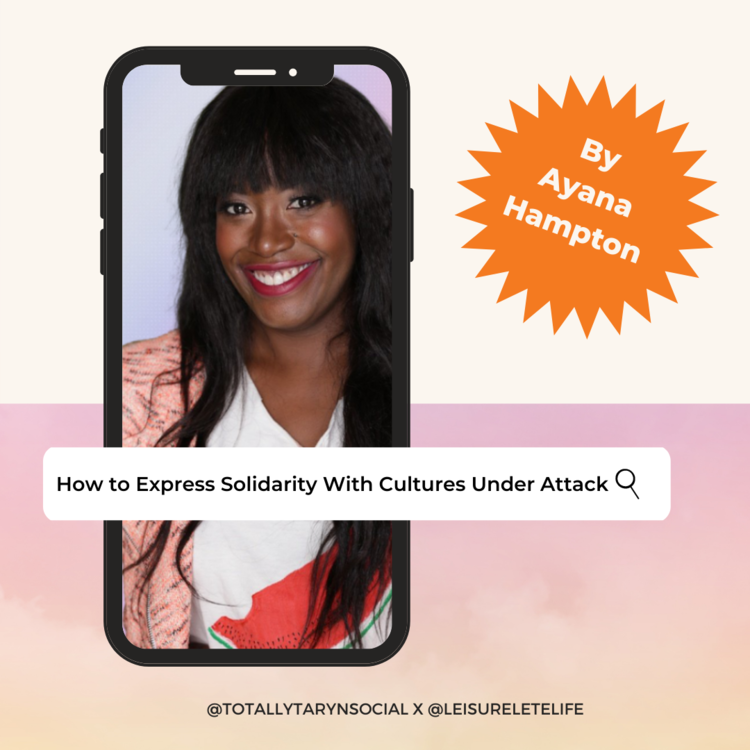How to Express Solidarity with Cultures Under Attack When Your Brand is Not of That Culture
Can a brand that is not Black-owned or Black-founded advocate for Black Lives Matter? Should a brand that is not Asian or servicing the Asian community speak out against Asian hate crime? Should a historically cisgender brand with a desire to highlight genderqueer discrimination say something? Yes, yes, and yes. These are the brands who are most able to leverage their influence to protect the unsafe. Here is a guide on how to get that done.
Step 1. Examine Alignment vs Allyship
It’s majorly important to understand the difference between alignment and allyship. When your brand expresses outrage against systemic or sudden oppression of another brand’s culture, you create an alignment. Aligning your brand with the cultural roots of another brand means you are confident that the safety in numbers mindset will shield this brand and its audience from further harm while educating your brand’s community. Alignment acknowledges the problem and is aspirational in the intent to say, “We see you.” When your brand chooses to create cultural alignments with other brands, the foundation of your message is solely empathetic. Alignment is a strong first step. Consider the impact your brand will make if you take it one step further.
Empathy plus strategic plans of action is an allyship. Your brand goes beyond demonstrating alignment. When your brand choses to be an ally, you extend your scope of best practices to dig in with the vulnerable brand. Start by offering resources by sharing linktrees, IG guides, or carousel posts to inspire your consumers to shop with the brands that need support. In doing this, you can create a brandship. Your brandship will flourish through authenticity and continued education. Not only that, but your brand's impact can make a positive difference for unprotected people.
Step 2. Understand that culture is boundless.
Has your brand considered that culture is not limited to ethnicity? Simply put, culture is the collective manifestation of human expression and achievements of social groups. The most pervasive aspect of racism is the notion that we are not all part of the human race. When brands truly let that fact sink in, we are one race, the complications of, “How does my brand join the conversation or get a seat at the table?” is simplified. Expand your brandwidth and embrace other brands without limitations.
Brands can and should feel the onus to denounce disparity culture. There is strength in owning your brand's privilege while developing creative messaging to level the playing field. The pandemic is still revealing insufficient protection in nations and communities. Does medical health and safety speak to your brand’s social responsibility? Would your brand consider criticizing gender identity discrimination? Will your brand create content supporting neurodiversity and mental health? When brands feel a real obligation to explore and protect cultures, there is no end to the positive impact marketing can inspire.
Step 3. Get clear on what your content says and whether your brand is taking action.
This part can feel scary but brands must be brave. This is where planning becomes your brand’s BFF. Brands may feel the immediacy of sharing their wokeness and that can be a weakness. Impulsive posts and riding the wave of a trend, however well-intentioned, can harm your brand. We all know the internet has a great memory so make that advantageous to your brand’s messaging. Be certain that the content you post matches the culture within your brand. Even when the message is internally facing, for employees only, your brand is responsible for establishing a harmonious link for externally facing marketing materials for your community of consumers.
Connecting with a DEI specialist will determine if your brand is prepared to engage with the community you seek to support. A Diversity, Equity, and Inclusion pro exists to educate your brand, assure your messaging strikes the right tone, and protect the integrity and intention behind your alignment and allyship. DEI professionals function to strengthen your brand’s strategy. With that specific schooling in place, your brand can confidently “be about” what you’re talking about. This may start with an acknowledgement of mistakes, an apology, or first steps to announce a plan for a more collaborative future. To quote Dr. Bernice King, “Courageous conversations matter. But courageous conversations must connect to tangible change or they’re unfruitful for freedom.”
As marketing creatives we must humble ourselves, be prepared to learn, and be bold enough to take manageable action and follow through. While brands cannot rewrite history, they can represent what is right through humanity and authenticity. Remember, every brand has a track record and people are going to hold your brand accountable. My suggestion is to invite that energy. Offer the megaphone or a venue for those responses and retorts. Encourage people to go live with your brand and host an engaging conversation. If tech is a concern, simply offer an opportunity to message you with DEI in the subject line. Be the brand that creates the new best practice.

